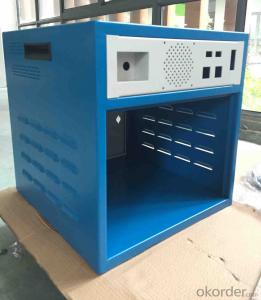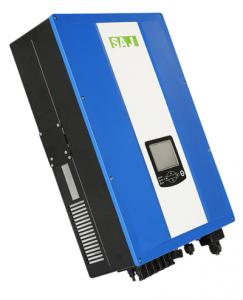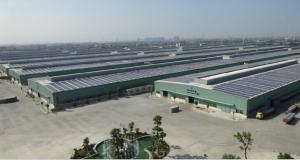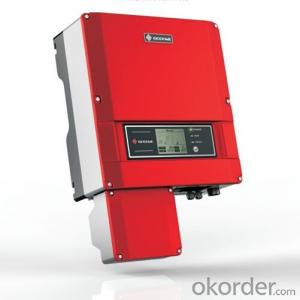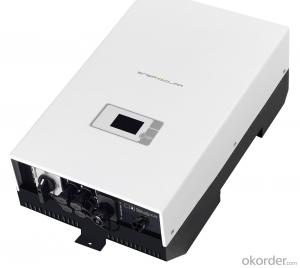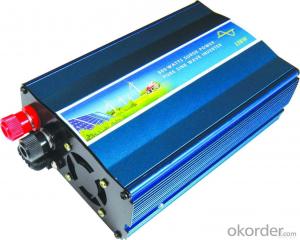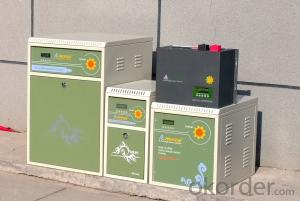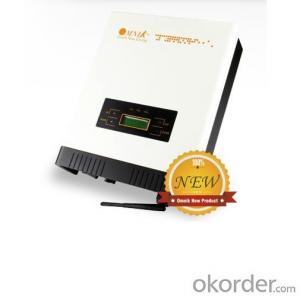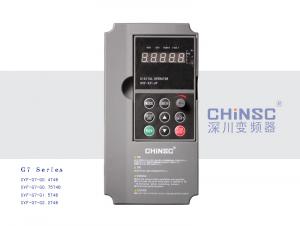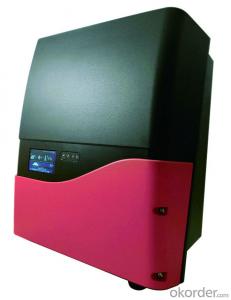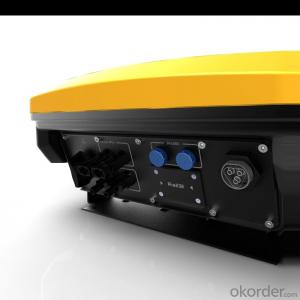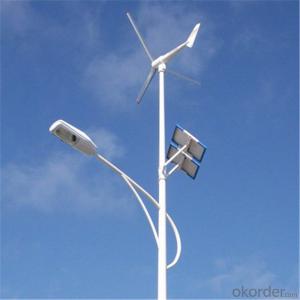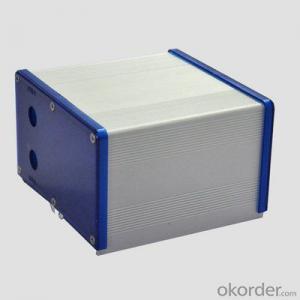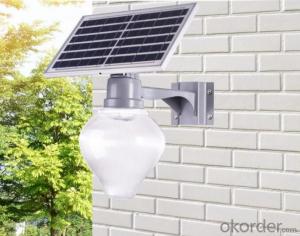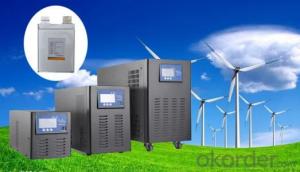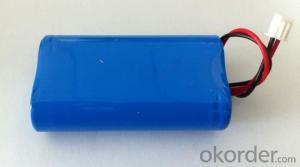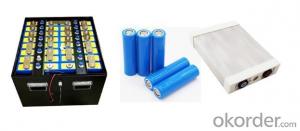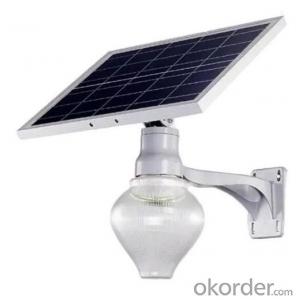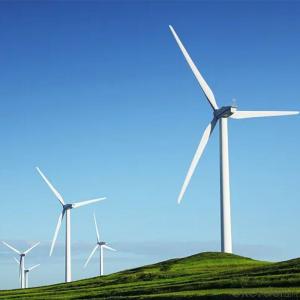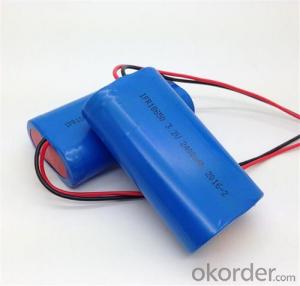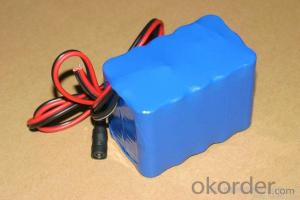15 Kw Off Grid Solar Inverter
15 Kw Off Grid Solar Inverter Related Searches
15kw Off Grid Solar Inverter 15 Kw On Grid Solar Inverter 15 Kw Solar Inverter 15 Kva Solar Inverter 15kw Solar Inverter Solar 15kw Inverter 15kw Inverter Solar 15 Kw Hybrid Solar Inverter 15kva Solar Inverter 15kw Solar Hybrid Inverter 15kw Hybrid Solar Inverter 15 Kw Solar Inverter Price 5kw Off Grid Solar Inverter 15 Kva Solar Inverter Price 15kw Solar Inverter Price 50kw Off Grid Solar Inverter 20kw Off Grid Solar Inverter 1500w Solar Inverter 1kw Off Grid Solar Inverter 150 Kw Solar Inverter Off Grid Solar Inverter 5kw 1500 Watt Solar Inverter Inverter Solar Off Grid Solar Inverter Off Grid Off Grid Inverter Solar Solar Power Inverter Off Grid Off Grid Solar Power Inverter 10kw Off Grid Solar Inverter 1500 Watt Solar Power Inverter Solar 1500 Watt Power Inverter15 Kw Off Grid Solar Inverter Supplier & Manufacturer from China
The 15 Kw Off Grid Solar Inverter is a high-performance solar power conversion system designed to harness the energy from the sun and convert it into usable electricity for various applications. This advanced inverter is equipped with cutting-edge technology that ensures efficient power conversion and reliable operation, making it an ideal choice for off-grid solar power systems.The 15 Kw Off Grid Solar Inverter is widely used in a variety of scenarios where a stable and reliable power supply is needed, such as remote homes, commercial establishments, and industrial facilities that are not connected to the main power grid. It can also be utilized in emergency backup power systems, ensuring a continuous power supply during power outages or natural disasters. This product enables users to take advantage of renewable energy sources, reducing their reliance on fossil fuels and contributing to a more sustainable environment.
Okorder.com is a leading wholesale supplier of the 15 Kw Off Grid Solar Inverter, offering a vast inventory of this product to cater to the needs of various customers. With a strong commitment to quality and customer satisfaction, Okorder.com ensures that each 15 Kw Off Grid Solar Inverter is thoroughly tested and meets the highest industry standards before being shipped to customers worldwide. This makes Okorder.com a reliable and trusted source for purchasing high-quality off-grid solar inverters at competitive prices.
Hot Products
